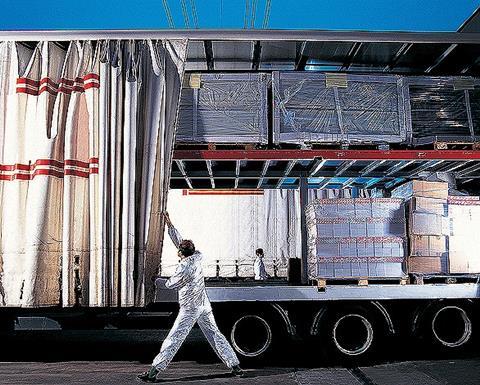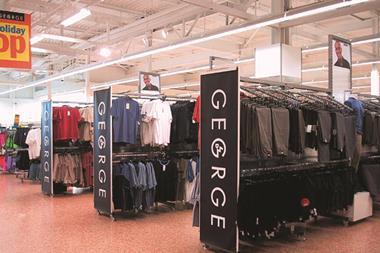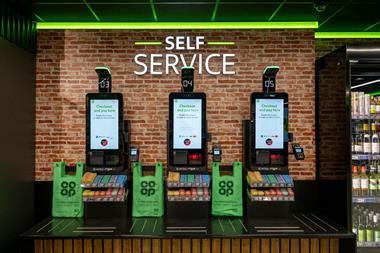I’ve read a lot about RFID and how it can help improve my supply chain, but is it a cost-efficient way of doing so?

RFID (radio frequency identification) is a widely used IT acronym in the retail industry. It can bring big benefits – technology supplier Checkpoint Systems says a number of retailers across Europe have reduced out-of-stock scenarios by up to 30%, increased sales by 5% and reduced working capital by between 10% and 20% after introducing RFID into their operations.
But despite the advantages, there has been a slow adoption of the technology in the UK market, mainly because many say it is too expensive to implement throughout the retail supply chain.
Checkpoint Systems European vice-president of merchandise visibility Steve Howells says the initial costs can be high. “As with most new technologies, the initial capital investment to introduce RFID across an entire business is not the real cost, there is always an element of people and process change management,” he says. But he adds that RFID can save retailers money.
Problems such as being out of stock or overstocking erode the bottom line. Howells says: “The cost of these scenarios can be significant. With a biannual stock count it could take 26 weeks before you notice that a product is at zero.”
For some retailers, RFID can provide them with a view of their entire retail value chain. This helps to optimise inventory levels, alert personnel when merchandise must be restocked and automatically reorder when quantities are low.


























No comments yet